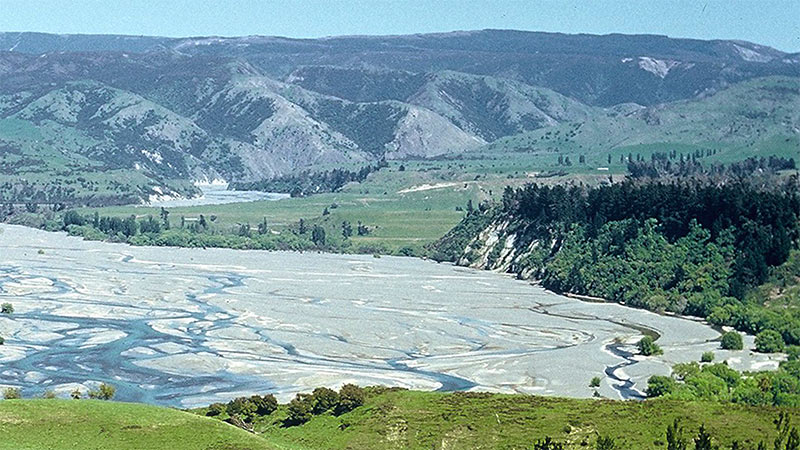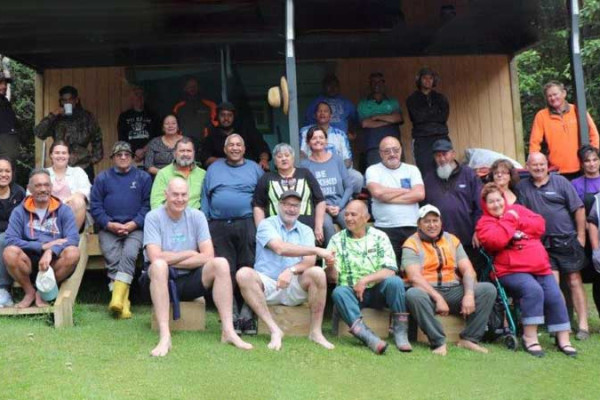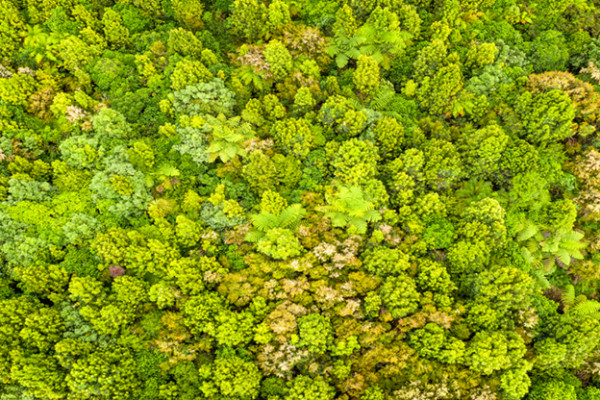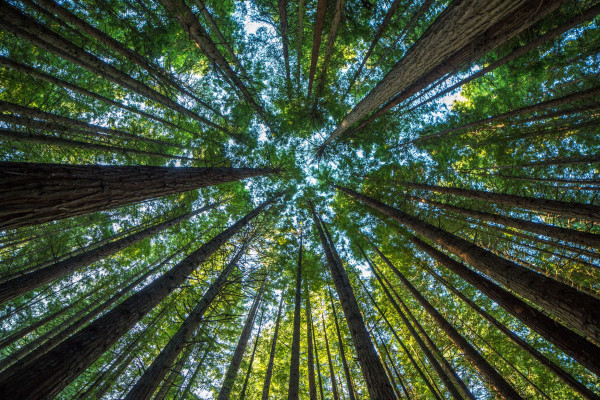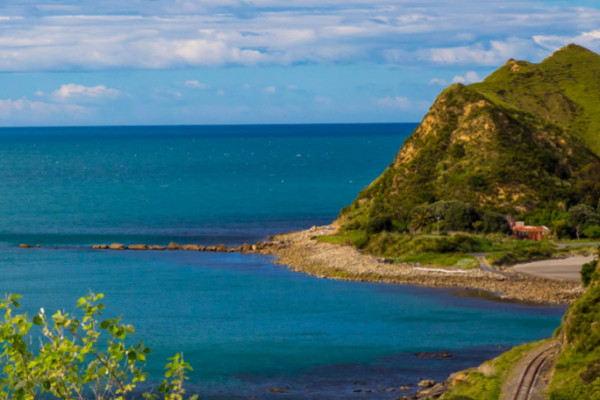Like much of New Zealand, Hawke’s Bay is affected by erosion. In 2019 the Hawke's Bay Regional Investment Company (HBRIC) and Hawke’s Bay Regional Council (HBRC) set out to find the best way to deal with erosion in the area. Scion undertook research to explore the best solutions for the land.
Background
Around 120,000 hectares of land in the Hawke’s Bay has been identified as highly susceptible to erosion, losing 1,000 tonnes of material per square kilometre a year. This sediment ends up clogging and polluting the region’s waterways.
There’s another 150,000 hectares of land that’s eroding at more than 500 tonnes per square kilometre a year.
Erosion is a big problem. It effects our water quality, dumping sediment into the water that clogs and pollutes waterways. It can worsen flooding in severe weather events. And it costs money. Erosion and its effects in hill country areas alone cost New Zealand around $100-$150 million a year.
Can trees help?
Hawke’s Bay was once covered in native forest that protected the erosion-prone soils in the region. Large-scale changes in commercial land use have had ongoing impacts on soil and water quality.
Plantation forestry is one of several tools to combat erosion, one that could reduce soil erosion by up to 95%. It’s time to bring the trees back.
HBRC has been protecting erosion-prone land with support from MPI’s Hill Country Erosion Programme since 2009. The focus to date has been on developing erosion control plans for the most erosion-prone land, along with land treatment, including land retirement, native planting, and planting poplars and willows within paddocks.
HBIRC and HBRC wanted to explore and understand the most economically and environmentally viable opportunities to invest in planting forest on erosion-prone land.
Which sites would benefit most from afforestation (converting land to forest)? Which kind of planting would work best on those sites? Is commercial forestry viable, or should the land be planted and retired? Which species should be used where? What are the potential costs – and benefits – of planting erodible land? How would local industries and communities benefit?
Scion set out to answer these questions.
The approach
Scion talked to landowners about their attitudes towards planting forest. They found landowners, and others in the community, are worried about the effects of more plantation forests.
The key is targeting erosion-prone areas for planting. These tend to be steeper, more exposed, and have poorer soils. Landowners need access to detailed information about which land will best suit plantation forests, and which species will work best on that land. This will help them get the best economic and environmental returns from their land.
Scion research produced 5 reports about the best ways to deal with erosion-prone land that were economically and environmentally viable too.
Identifying sites for potential forests on erodible land
First, they looked at which land would be best to plant forest on. Land information helps in assessing whether land is suitable for plantation forestry.
Scion made use of existing land information, including Land Use Capability (LUC) data. This data indicates how well land can sustain things like farming and forestry. LUC data was developed in the 1950s at a reasonably rough (around 1:50,000) map scale. That means 1cm on a map represents 50,000cm on Earth’s surface. This is good if you want regional data, but not so good if you need more detailed information at a farm level.
Scion looked at 3 factors – slope, aspect (direction the land faces), and sediment yields (the amount of sediment reaching or passing a point of interest within a certain time). They layered this information on top of the LUC data to identify erosion-prone land that could benefit from plantation forestry. They used this to create maps of the area showing priority areas for new forests.
Potential species options
Knowing what you want to achieve by planting forest is important. If you’re planning to harvest forest for timber, you’ll likely want trees that grow quickly and are highly productive. In cooler, wetter, or increasingly eroded landscapes, the focus may be on reducing erosion or improving water quality.
Tree species site suitability maps can help landowners find which species or group of species are best suited to local conditions. They provide information about where in the landscape a species can be established and grow.
Scion gathered data and expert knowledge from the forestry industry to identify where plantation forestry species are currently growing. They looked at environmental conditions in these places to build knowledge of the species’ preferred growing conditions.
They used this information to develop maps showing the preferred growing environments of radiata pine, coast redwood, cypress, eucalyptus, manuka, and tōtara across the Hawke’s Bay region.
Forests and ecosystem services
So now Scion knew which land to plant, and which species would work best on those sites. But what are the benefits of planting trees to the community and the land?
The benefits people get from the environment are known as ecosystem services. Many of the ecosystem services that forests provide don’t have a market value. This means benefits like avoided erosion are less understood or appreciated compared to timber values.
Scion used a tool called the Forest Investment Framework (FIF) to put a number on the broader value of potential forests in the Hawke’s Bay. Scion calculated the costs for forest establishment, maintenance and harvesting. They estimated the value of the timber produced, and indicated the value of benefits like nutrient reduction and avoided erosion.
They produced maps that show the value of potential forests to the economy, environment and society to support policy and investment decision-making.
Planting around waterways
Plantation forestry may be useful in helping reduce erosion – but what happens when those trees are harvested?
Planting the areas around freshwater lakes, streams, wetlands and rivers is called riparian planting. Riparian planting of native species or permanent forest complements wider planting on erosion-prone or unproductive land. It can help reduce the impacts of harvesting forest when that time comes.
Scion looked at how riparian areas could help with goals like reducing water pollution and contamination, carbon dioxide being captured and stored in forests, and diversity in land and water life.
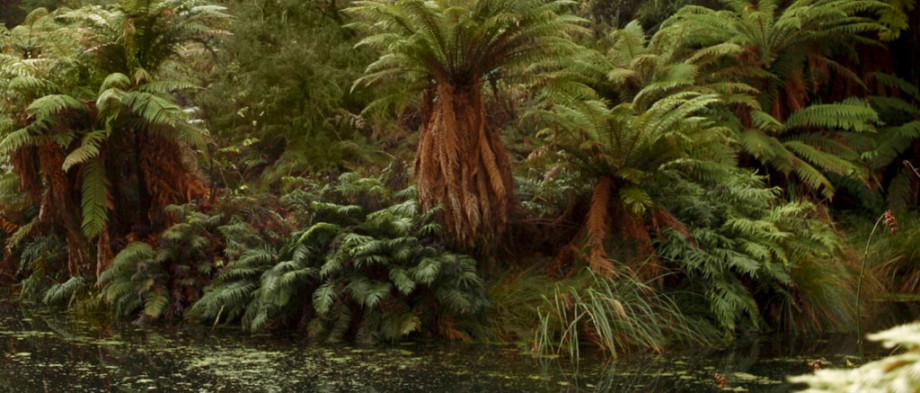
Wood biomass resources and wood processing opportunities
The Hawke’s Bay has lots of plantation forests, nearly all of which (over 97%) are radiata pine. Other species in plantations include douglas fir, cypresses, and eucalyptus. This existing forest resource has a related wood processing industry. How would more plantation forestry impact the industry?
Scion assessed existing plantation forest resources and the potential for new plantation forests. They explored more onshore wood processing and if existing processing plants could increase production. They also looked into new processing plants and wood products.
Outcome
This project is potentially transformational. It provides tools and information that will help decision makers including iwi, landowners, the wider community, and regional and national government understand the implications of different planting options.
This will help develop a strategy that sees the right tree planted in the right place. It’ll help achieve goals of less erosion, financial returns, ecosystem services, and community benefits.
In 2022, a business case is being developed for a pilot project to put this research into action.
